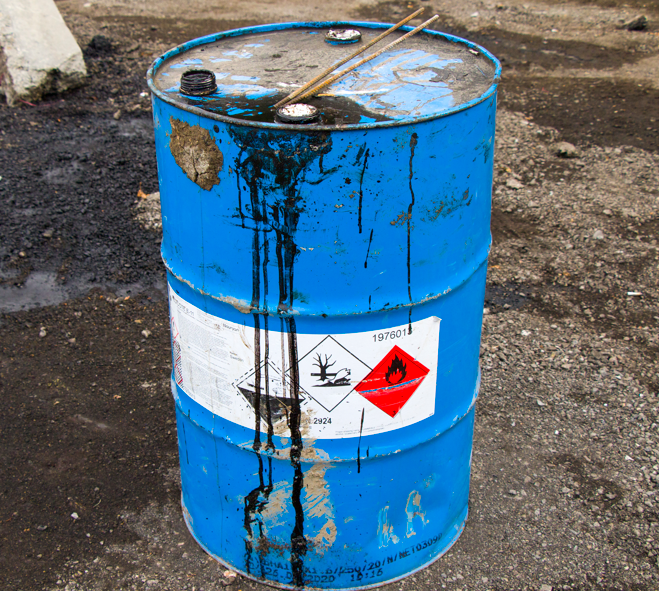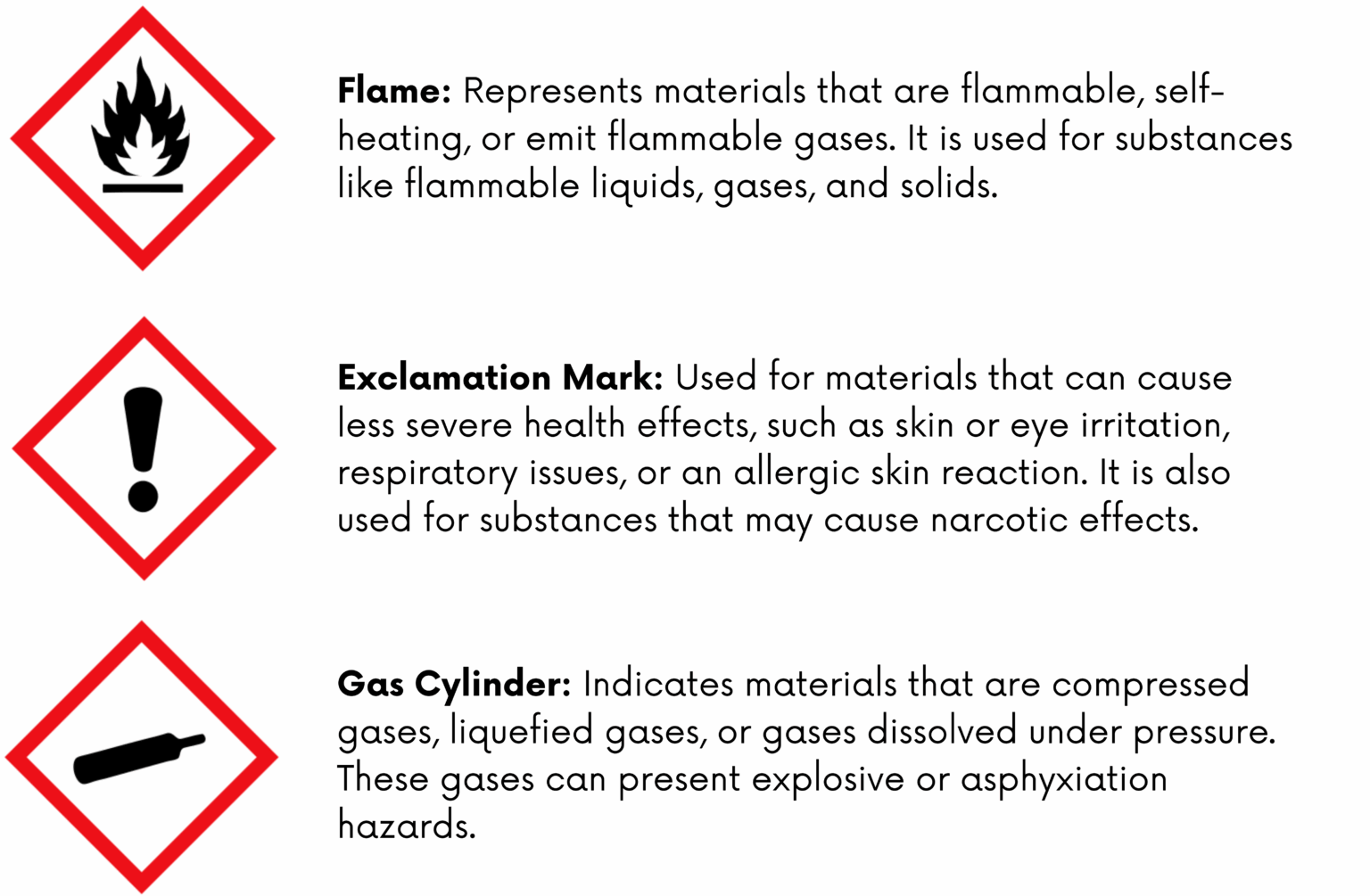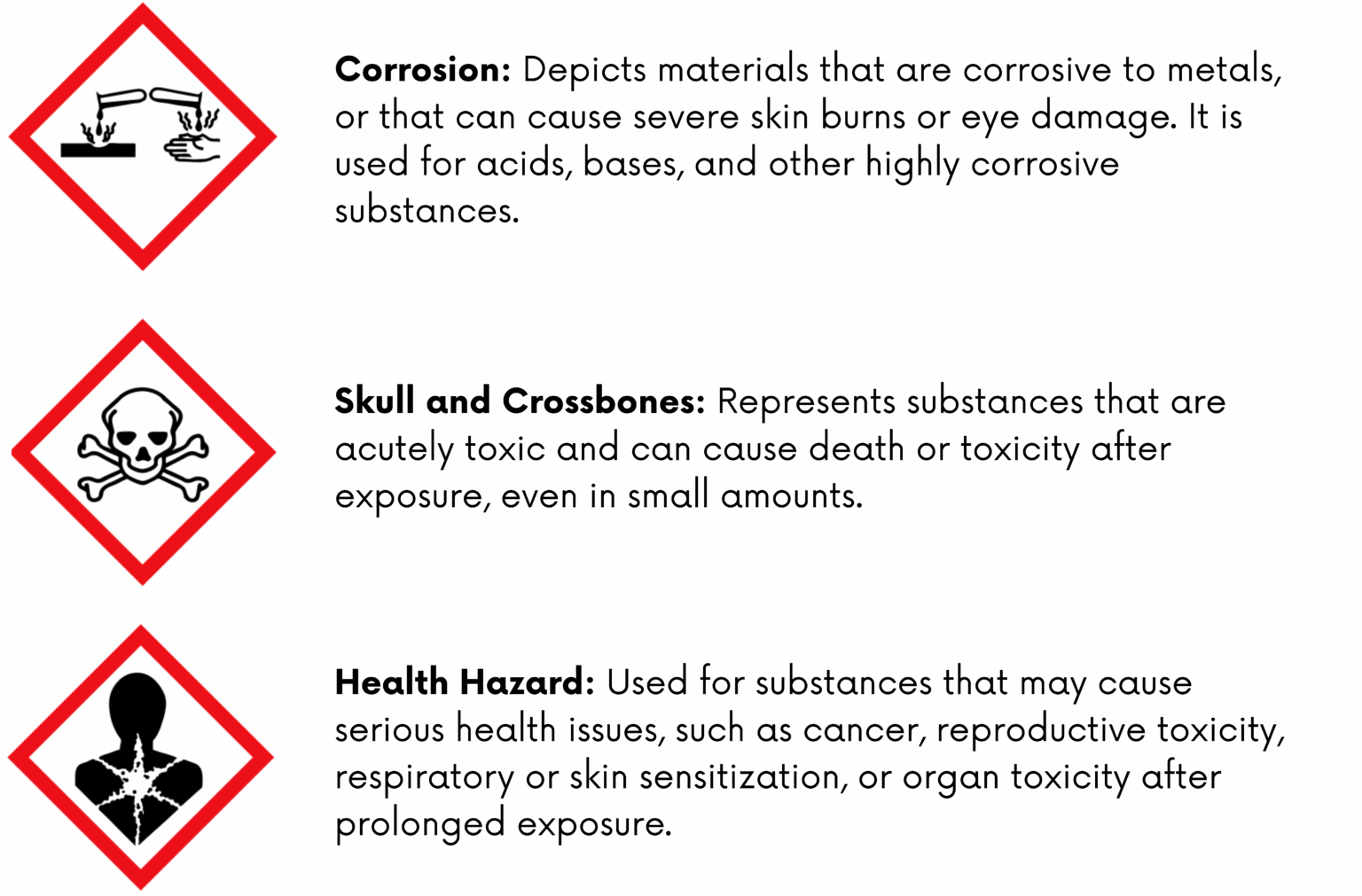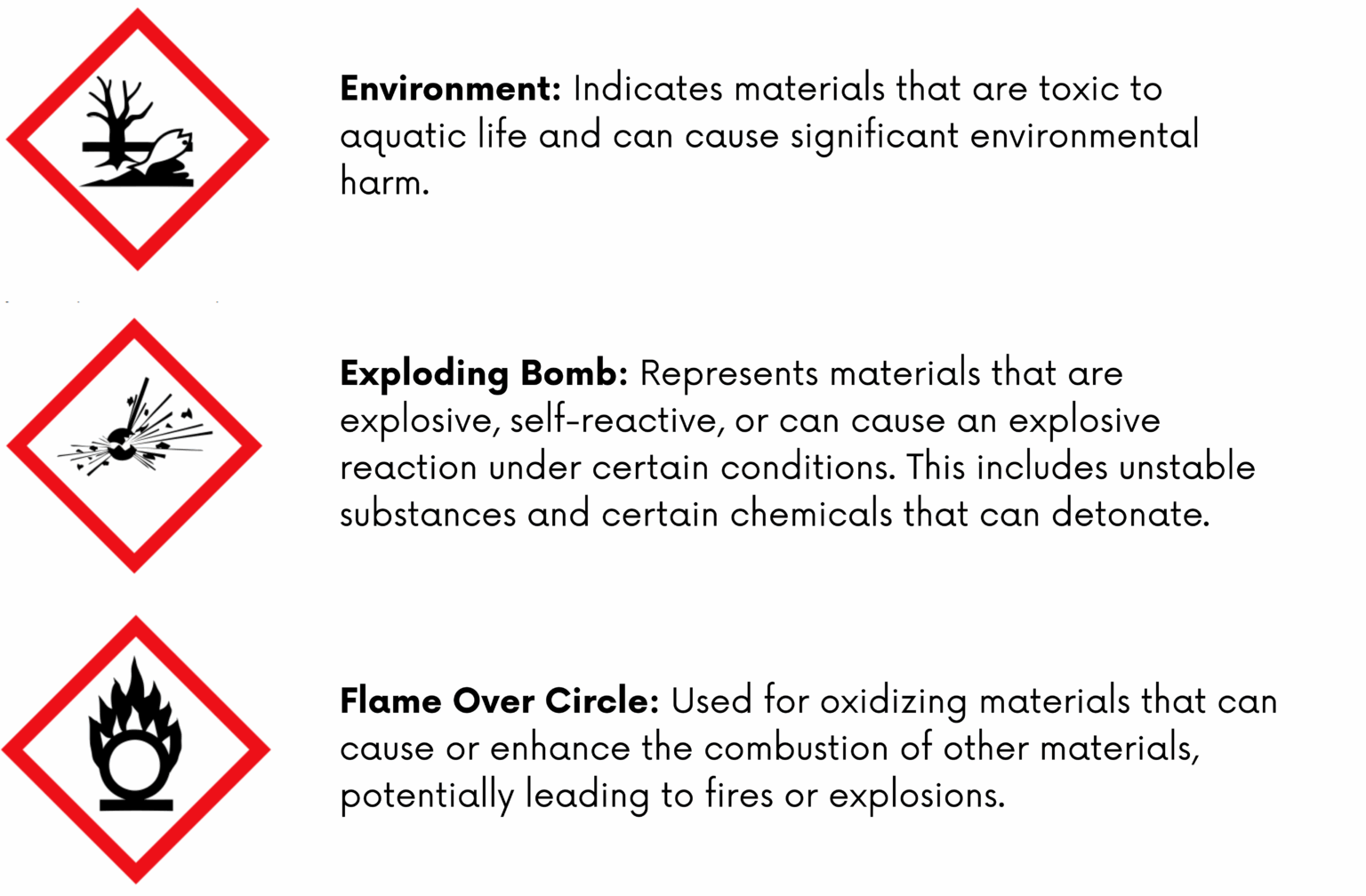Hazard Classes & Pictograms
Workplace Hazardous Materials Information System (WHMIS)
WHMIS classifies hazardous materials into specific hazard classes, each with a corresponding symbol known as a pictogram.
These hazard classes and pictograms help workers quickly identify the type of hazard posed by a substance, ensuring that proper precautions are taken to prevent accidents and injuries.

WHMIS Hazard Classes
WHMIS hazard classes categorize hazardous materials based on their primary hazards. The classification system helps workers understand the risks associated with different substances, which can range from physical dangers, such as flammability, to health hazards, such as toxicity or carcinogenicity. Below are the key WHMIS hazard classes:
1. Physical Hazards
- Flammable Gases: Gases that are easily ignitable in air and can cause fires or explosions.
- Flammable Liquids: Liquids that can catch fire easily when exposed to heat or flames.
- Flammable Solids: Solids that can ignite spontaneously or burn quickly in the presence of heat or flame.
- Oxidizing Substances: Materials that can cause or enhance combustion, including chemicals that increase the flammability of other substances.
- Compressed Gases: Gases that are stored under pressure and may explode if not handled correctly.
- Corrosive to Metals: Materials that can cause damage to metals by corroding or reacting with them.
2. Health Hazards
- Acute Toxicity: Substances that can cause harmful effects shortly after exposure, such as nausea, dizziness, or respiratory problems.
- Carcinogenicity: Materials that may cause cancer after prolonged or repeated exposure.
- Reproductive Toxicity: Chemicals that can affect fertility, cause developmental harm, or harm the fetus during pregnancy.
- Respiratory or Skin Sensitization: Substances that can trigger allergic reactions in the respiratory system or on the skin.
- Target Organ Toxicity: Materials that can cause damage to specific organs or body systems after exposure.
3. Environmental Hazards:
Aquatic Toxicity: Materials that are harmful to aquatic life, potentially causing long-lasting environmental damage if released into water systems.
Looking for WHMIS training for your organization?
WHMIS Pictograms
Each hazard class is represented by a specific pictogram designed to convey the nature of the hazard quickly and clearly. These pictograms are displayed on labels and safety data sheets (SDS) for hazardous materials. They help workers recognize the type of hazard at a glance, ensuring proper handling and safety measures are followed.
The WHMIS pictograms are as follows:




Importance of WHMIS Hazard Classes and Pictograms
Understanding WHMIS hazard classes and pictograms is essential for ensuring workplace safety. These classifications and symbols provide critical information about the hazards posed by materials, allowing workers to take the necessary precautions. This could include wearing personal protective equipment (PPE), ensuring proper ventilation, or following emergency procedures in the event of exposure or a spill.
In addition, WHMIS hazard classes and pictograms contribute to the consistent and standardized communication of hazards across various industries. This consistency not only helps protect workers but also ensures compliance with legal requirements and promotes a culture of safety within organizations.
Stay compliant, keep workers safe, and meet your legal obligations with trusted WHMIS training from HR Proactive. Accessible anytime, anywhere.
Contact us now to get started or request a customized quote.
- 1 (888) 552-1155
- sales@hrproactive.com
